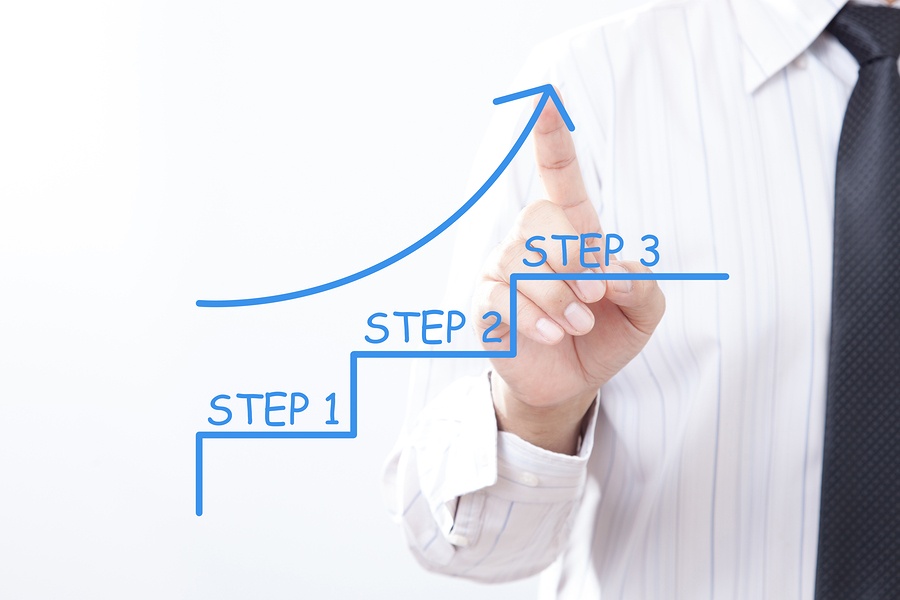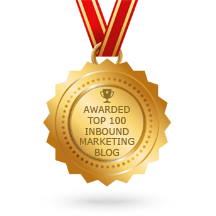
The buyer’s journey. You’ve no doubt heard the term before, and perhaps it’s left you scratching your head asking, “What is this all-important buyer’s journey and how will it help my business?” Well, if you’re a small business owner who’s looking to grow your business, the buyer’s journey is what’s going to help you do just that, grow your business. These days, most of your customers will find the information they need to make a buying decision by themselves. So how do you make sure your organisation is what they decide on? You need to provide the information they are looking for at each stage of the buying process.
The purpose of this article is help you better understand, and define, the journey of your buyers starting from the awareness and early research stage, right up to making the final purchasing decision.
The Buyer’s Journey Defined
According to HubSpot, the buyer’s journey is “the process buyers go through to become aware of, evaluate, and purchase a new product or service.” The buyer’s journey is a three-step process:
1. Awareness: During this stage, the buyer realises they have a problem.
2. Consideration: At this stage, the buyer starts defining their problem and will start to research options for solving it.
3. Decision: The buyer now makes a decision and chooses the right solution for them.
Basically, the buyer’s journey is everything a buyer would do before making a purchasing decision.
Why the Buyer’s Journey is Important
If you’re still wondering why the buyer’s journey is so important, consider this statistic - by 2020, it is predicted that over 80% of the buying process will happen without any human interaction. Basically, this means the content you create at each stage of the buyer’s journey is integral to making sure they connect, engage and trust your organisation. By connecting with buyers at the beginning of the buying process you have the competitive advantage to build a relationship with your buyers from the beginning, even if you don’t have any human interaction until the end.
Yet how are you supposed to build a relationship with your future customers if there’s no human interaction? Publish content that is relevant and helpful to them at each stage. This means your content should be helpful, educational and not salesy. Your content can be in any form, for example: podcasts, videos, webinars, case studies, reports, ebooks, self help guides, blog articles and website content. To determine what content and in what format you should publish, the best thing is to talk to your existing customers. Here are some questions you can ask:
- What was the event that caused you to need a [insert your solution]?
- How did you initially describe your need/challenge/problem?
- How did you educate yourself on the different solutions?
- If you did a Google search what words did you search for?
- What information were you looking for?
- What format do you prefer, (ie: videos, ebooks, webinars, blog articles)?
Creating valuable and insightful content that is geared towards each stage of the buyer’s journey will help you nurture customers toward making a decision (and more specifically, the decision to buy from you). Let’s break down the three stages of the buyer’s journey and take a deeper look at each.
Awareness
The awareness stage is the first step in a buyer’s journey. This is where people realise that they have a situation (problem/challenge) that is preventing them from achieving a certain objective or goal and they need a solution. This is where people will start their initial research, or be more responsive to content that addresses their problem. This is also when they will decide if the challenge is a priority and something they need to spend time and money solving. Organisations that want to connect with people at this stage should publish content that talks about the problem/need and the benefit of the solution. Once people are able to clearly define their problem/need and understand the benefit of a solution they will begin educating themselves on the different types of solutions. Resources at this stage should address the problem or need - “How to....”, “10 ways to…”, “A guide to…”, these all work well for an ebook, blog article and webinar.
Consideration
At this next stage in the buying process people are able to clearly define what their problem/need is, and begin actively researching solutions. During this stage, people are looking for information that is educational and helpful. They’re not interested in specific brands or companies. Many organisations sell too early, and if people aren’t ready this may push them away. This is why it’s beneficial to have a ‘library’ of resources available that will help to educate your buyers on the information that will help them make a final decision. This is where organisations can establish themselves as thought leaders, who can be trusted. Resources that are valuable at this stage should educate people on the various solutions understanding costs, pros and cons such as: comparison sheets, buyers’ guides and checklists.
Decision
Once a buyer reaches the decision stage, they have carried out plenty of research, evaluated countless solutions for their problem and are at the point where they are ready to choose a company to help them solve their issue. And, while you’ve hopefully nurtured them towards your business and might be one of their top choices, it doesn’t mean the sale is yours … yet. During the decision stage, how you interact on a personal level with your potential buyer and what you offer is what will ultimately close the deal and make them choose your business. During this stage you want to convince people that your solution is the right one. Resources that are valuable at this stage educate people on your brand; case studies, success stories, awards etc. This is where free trials, product demonstrations and complimentary consulting are valuable as they give people an opportunity to experience your product or service first hand with limited risk, before making their final buying decision.


